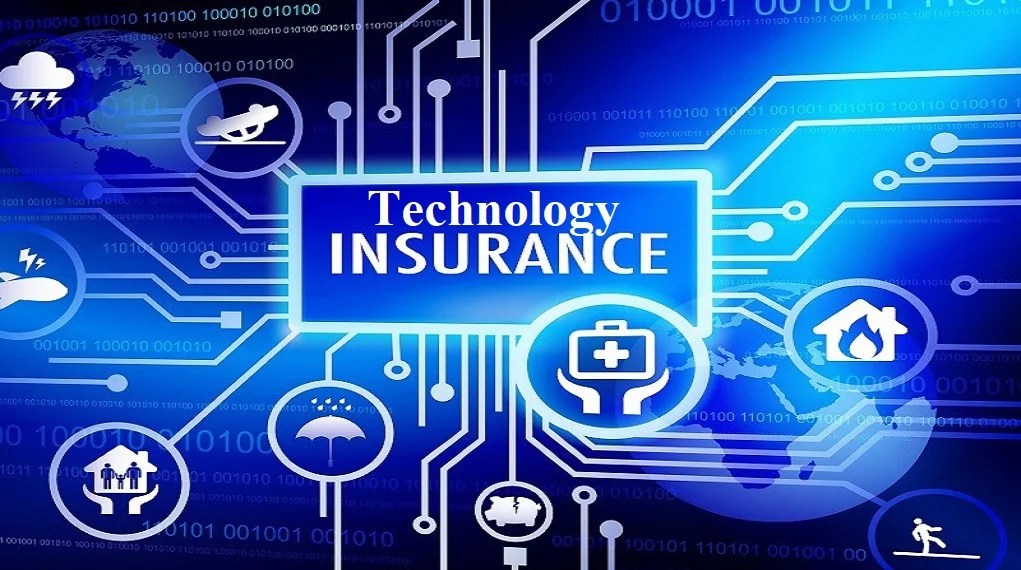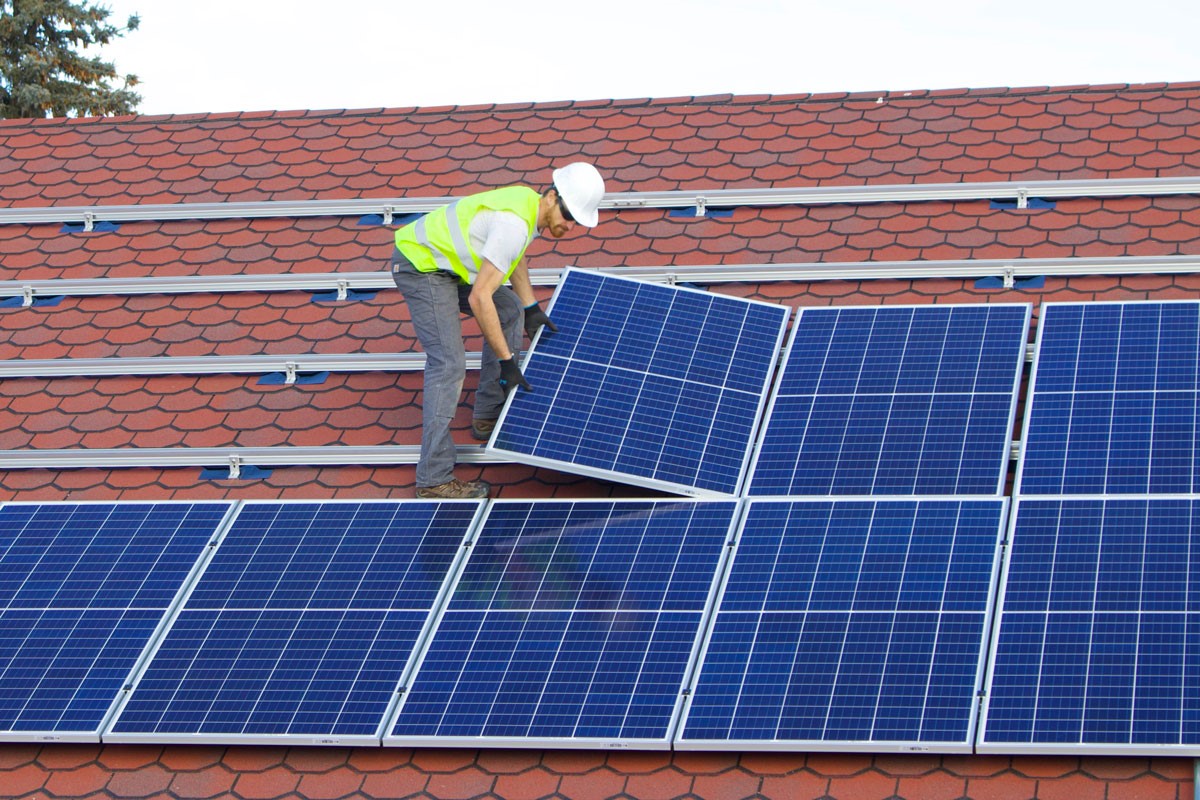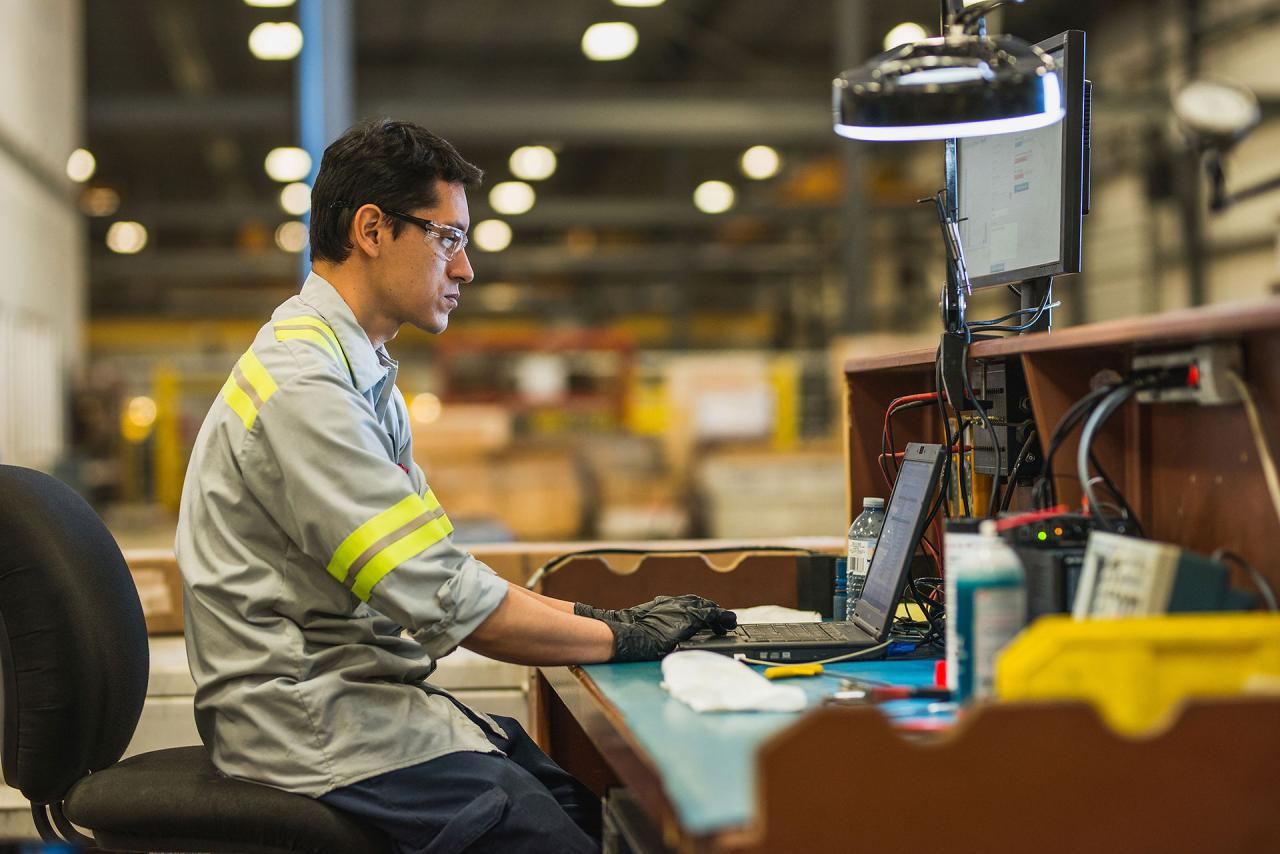Technology Installation Services: A Guide
Technology installation services are essential for businesses and individuals alike, ensuring seamless integration of new technologies into existing systems. These services cover a wide range of needs, from setting up […]
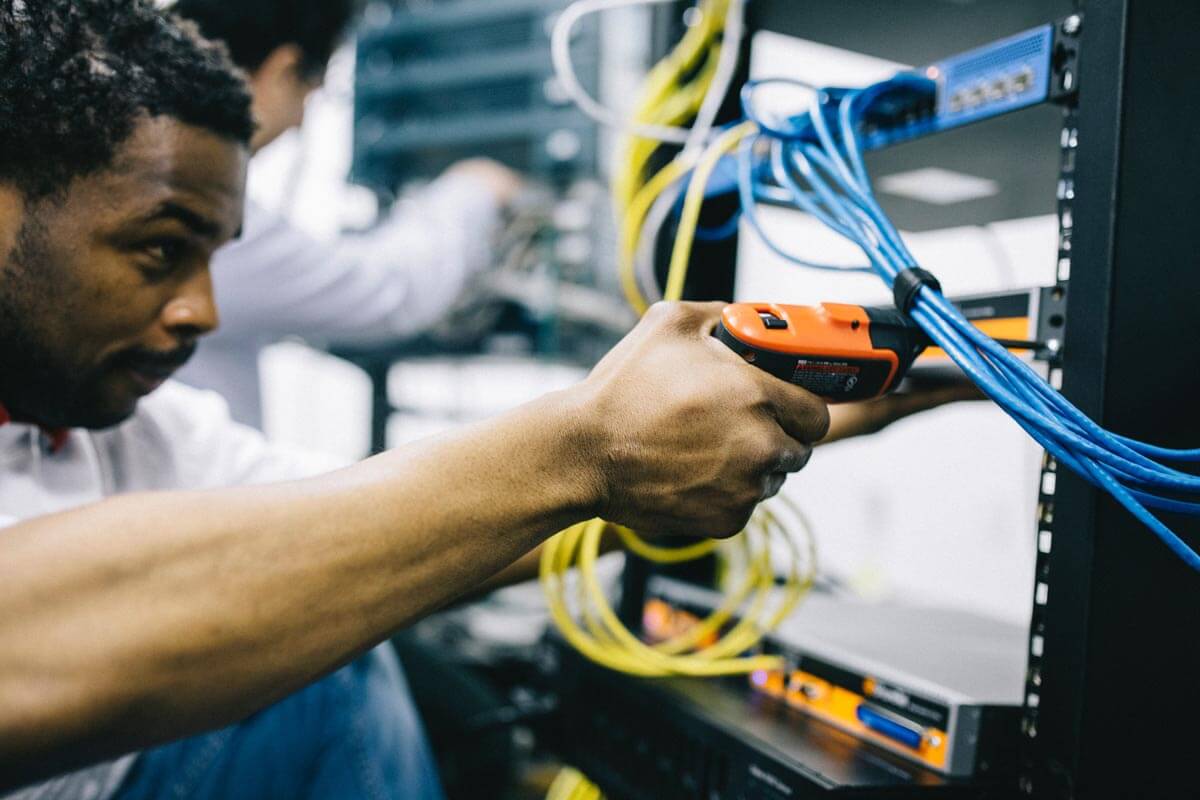
Technology installation services are essential for businesses and individuals alike, ensuring seamless integration of new technologies into existing systems. These services cover a wide range of needs, from setting up computer networks and installing software to configuring hardware and optimizing performance.
From small businesses to large enterprises, the demand for professional technology installation services is growing. As technology becomes increasingly complex, it’s crucial to have experienced professionals handle installations, ensuring smooth operation and minimizing potential issues.
Understanding Technology Installation Services

Technology installation services encompass a wide range of tasks that ensure the smooth integration and operation of technology within businesses and organizations. These services play a crucial role in enabling businesses to leverage technology effectively, improve efficiency, and enhance productivity.
Types of Technology Installation Services
Technology installation services can be categorized into several distinct types, each addressing specific technological needs.
- Network Installation: This involves setting up and configuring network infrastructure, including cabling, routers, switches, and wireless access points. Network installation ensures seamless communication and data transfer within an organization.
- Software Installation: This service focuses on installing and configuring software applications on various devices, including computers, servers, and mobile devices. Software installation ensures the availability and proper functioning of essential business applications.
- Hardware Setup: Hardware setup involves the physical installation and configuration of computer hardware components, such as desktops, laptops, printers, and servers. This service ensures that hardware components are properly integrated and function optimally.
- Audio Visual Installation: This type of installation service focuses on setting up and configuring audio-visual equipment, such as projectors, screens, sound systems, and video conferencing equipment. It ensures a seamless and engaging experience for presentations, meetings, and events.
- Security System Installation: This service involves installing and configuring security systems, including intrusion detection systems, access control systems, and surveillance cameras. Security system installation enhances the safety and security of businesses and organizations.
Industries that Require Technology Installation Services
Technology installation services are essential for a wide range of industries, as technology plays an increasingly important role in modern business operations.
- Healthcare: Hospitals and clinics rely on technology installation services for setting up medical equipment, electronic health records systems, and network infrastructure.
- Education: Schools and universities require technology installation services for setting up computer labs, classroom technology, and network infrastructure.
- Finance: Financial institutions rely on technology installation services for setting up trading platforms, data centers, and security systems.
- Retail: Retail businesses require technology installation services for setting up point-of-sale systems, inventory management systems, and digital signage.
- Manufacturing: Manufacturing companies require technology installation services for setting up industrial automation systems, robotics, and data acquisition systems.
Importance of Professional Technology Installation
In today’s technologically advanced world, having reliable and efficient technology installations is crucial for both residential and commercial spaces. While DIY installation may seem appealing, it’s often best to leave it to the experts. Hiring professional technology installers provides numerous benefits that can save you time, money, and potential headaches in the long run.
Potential Risks of DIY Technology Installation
Attempting to install complex technology systems yourself can lead to several risks that can be costly and time-consuming to fix.
- Incorrect Installation: Improper installation can lead to malfunctions, reduced performance, and even damage to your equipment. This can result in the need for costly repairs or replacements. For example, incorrectly installing a home theater system could lead to poor sound quality, distorted images, or even damage to the speakers or receiver.
- Safety Hazards: Technology installations often involve working with electricity and delicate wiring. DIY attempts can pose safety risks, especially if you’re not familiar with proper safety procedures. Incorrectly installed wiring could lead to electrical shocks, fires, or other serious accidents.
- Voiding Warranties: Many manufacturers’ warranties are voided if the equipment is not installed by a certified technician. This can leave you responsible for repair costs if something goes wrong.
- Compatibility Issues: Technology systems often require specific components and configurations to work properly. DIY installations can result in compatibility issues, leading to frustration and wasted time troubleshooting.
- Time and Effort: DIY installations can be time-consuming and require specialized tools and knowledge. You may end up spending more time and effort than you initially anticipated, which could be better spent elsewhere.
Expertise and Specialized Tools
Professional technology installers possess the expertise and specialized tools needed for efficient and reliable installations.
- Technical Knowledge: Installers are trained and experienced in the latest technology and installation techniques. They understand the intricacies of different systems and can ensure proper compatibility and functionality.
- Specialized Tools: Professional installers have access to specialized tools and equipment that are essential for precise and safe installations. These tools can help them navigate tight spaces, secure connections, and ensure optimal performance.
- Troubleshooting Skills: If any issues arise during or after installation, professional installers have the troubleshooting skills and knowledge to quickly identify and resolve problems. This can save you time and prevent potential damage to your equipment.
Process of Technology Installation
A successful technology installation project involves a series of well-defined steps, ensuring smooth integration and optimal performance of the new technology.
Planning and Communication
Proper planning and communication are crucial for a seamless technology installation. It sets the foundation for a successful project by establishing clear expectations, defining roles and responsibilities, and minimizing potential challenges.
- Needs Assessment: Understanding the client’s specific requirements, including the intended use of the technology, the desired functionality, and any existing infrastructure limitations.
- Project Scope: Defining the project scope clearly, outlining the specific tasks involved, the timeline, and the budget allocated for the installation.
- Communication Plan: Establishing a clear communication plan with the client, ensuring regular updates, addressing concerns promptly, and maintaining transparency throughout the project.
Installation Steps
The installation process typically involves a series of steps, ensuring that the technology is properly set up, configured, and integrated with existing systems.
- Site Preparation: This involves preparing the physical environment for the installation, ensuring adequate space, power supply, and network connectivity.
- Hardware Installation: This step involves physically installing the hardware components, such as servers, workstations, network devices, and peripherals.
- Software Installation and Configuration: This step involves installing the necessary software applications, configuring them according to the client’s requirements, and ensuring compatibility with existing systems.
- Testing and Troubleshooting: This step involves thorough testing of the installed technology to ensure proper functionality, performance, and integration with existing systems. Any issues or challenges are addressed during this phase.
- Training and Support: This step involves providing the client with the necessary training on how to use the new technology effectively, as well as ongoing support to address any technical issues or questions.
Potential Challenges, Technology installation services
While technology installation projects are typically well-planned, unforeseen challenges can arise during the process.
- Compatibility Issues: Ensuring compatibility between the new technology and existing systems is critical. Issues can arise if the new technology is not compatible with existing hardware, software, or network infrastructure.
- Network Connectivity Problems: Reliable network connectivity is essential for seamless operation. Issues can arise due to network configuration errors, bandwidth limitations, or interference from other devices.
- Unexpected Delays: Delays can occur due to unforeseen circumstances such as equipment shortages, unexpected site conditions, or technical difficulties.
- Budget Overruns: Unforeseen challenges can lead to budget overruns, requiring adjustments to the project scope or timeline.
Key Considerations for Technology Installation
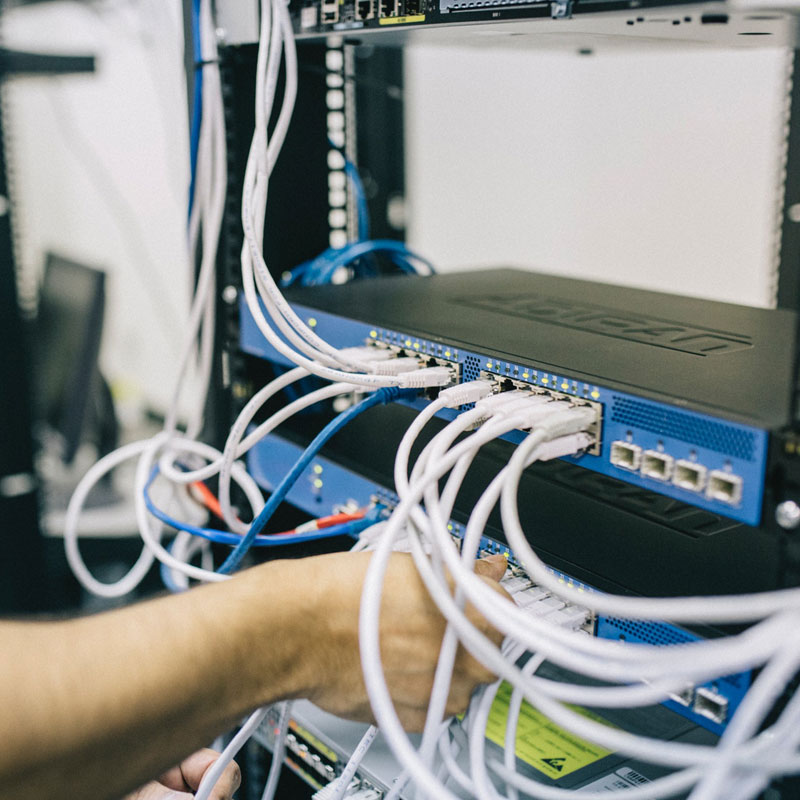
Choosing the right technology installation service provider is crucial for ensuring a smooth and successful project. This involves careful evaluation of several key factors to ensure compatibility, security, and overall project success.
Factors to Consider When Choosing a Technology Installation Service Provider
- Experience and Expertise: Look for providers with proven experience in installing similar technologies. This ensures they understand the specific requirements and challenges of your project.
- Certifications and Accreditations: Verify if the provider holds relevant industry certifications and accreditations. These demonstrate their commitment to quality, compliance, and adherence to best practices.
- Customer Reviews and Testimonials: Reading reviews and testimonials from previous clients provides valuable insights into the provider’s reliability, communication, and customer satisfaction.
- Project Management Capabilities: Assess the provider’s project management capabilities, including their ability to plan, schedule, and execute installations efficiently.
- Pricing and Payment Terms: Compare quotes from different providers and ensure transparent pricing and payment terms. Consider the overall value proposition, including warranties and support services.
Compatibility and Integration
Compatibility and integration are critical aspects of technology installations. Ensuring that all components work seamlessly together is essential for optimal performance and functionality.
- Hardware Compatibility: The chosen hardware components must be compatible with each other and with the existing infrastructure. This includes factors such as power requirements, data transfer rates, and physical connections.
- Software Compatibility: The software applications must be compatible with the chosen hardware and operating systems. Compatibility issues can lead to performance problems, data loss, or system instability.
- Network Integration: The new technology should integrate seamlessly with the existing network infrastructure. This includes considerations such as network speed, security protocols, and data access controls.
Security and Compliance
Security and compliance are paramount in technology installations. Protecting sensitive data and ensuring compliance with relevant regulations is essential.
- Data Security Measures: The installation process should include appropriate security measures to protect sensitive data from unauthorized access, use, disclosure, disruption, modification, or destruction.
- Compliance with Regulations: Technology installations must comply with relevant industry regulations and standards. This may include data privacy laws, cybersecurity standards, and accessibility guidelines.
- Security Audits and Testing: Regular security audits and testing should be conducted to identify and address potential vulnerabilities. This helps ensure the ongoing security and integrity of the installed technology.
Emerging Trends in Technology Installation: Technology Installation Services
The technology installation industry is rapidly evolving, driven by the relentless pace of technological advancements and the growing demand for seamless and integrated solutions. This dynamic landscape presents both challenges and opportunities for businesses and individuals alike, demanding a constant adaptation to new technologies and approaches.
Impact of New Technologies on the Industry
The emergence of new technologies is profoundly impacting the technology installation industry, shaping the way installations are designed, implemented, and managed.
- Internet of Things (IoT): The proliferation of connected devices and the rise of the Internet of Things are driving demand for sophisticated installation services that can integrate and manage diverse devices and systems. Installers are increasingly required to have expertise in networking, data security, and device interoperability.
- Artificial Intelligence (AI): AI is revolutionizing the way technology installations are planned and executed. AI-powered tools can analyze data from building plans, site surveys, and customer preferences to optimize installation designs, predict potential issues, and automate certain tasks.
- Cloud Computing: The adoption of cloud-based services has shifted the focus from on-premise infrastructure to cloud-based solutions. Installers now need to be proficient in cloud infrastructure management, data migration, and security protocols for cloud environments.
- Virtual Reality (VR) and Augmented Reality (AR): VR and AR technologies are being used to create immersive experiences for customers during the planning and design phases of technology installations. These technologies allow clients to visualize and interact with their future technology environments, enhancing communication and decision-making.
- Sustainable Technologies: The growing focus on sustainability is driving demand for eco-friendly technology installations. Installers are incorporating energy-efficient equipment, smart lighting systems, and renewable energy sources into their projects.
Role of Automation and Artificial Intelligence
Automation and artificial intelligence are playing an increasingly significant role in technology installations, streamlining processes, improving efficiency, and enhancing accuracy.
- Automated Installation Systems: Robots and automated systems are being used to perform repetitive and physically demanding tasks during installations, such as cable routing, device mounting, and testing.
- AI-Powered Predictive Maintenance: AI algorithms can analyze data from sensors and equipment to predict potential failures and schedule preventive maintenance, minimizing downtime and reducing costs.
- Virtual Assistants and Chatbots: AI-powered virtual assistants and chatbots are being used to provide customer support, answer frequently asked questions, and schedule appointments, enhancing customer service and freeing up technicians for more complex tasks.
Evolving Needs and Expectations of Clients
Clients are increasingly demanding seamless, personalized, and integrated technology solutions that enhance their productivity, comfort, and security.
- Personalized Experiences: Clients expect technology installations to be tailored to their specific needs and preferences, with customized configurations and user interfaces.
- Seamless Integration: Clients want their technology systems to work seamlessly together, with devices and applications communicating and sharing data effectively.
- Remote Access and Control: Clients expect to be able to access and control their technology systems remotely, from anywhere in the world, using mobile devices or web interfaces.
- Enhanced Security: Clients are increasingly concerned about cybersecurity and expect their technology installations to be secure from unauthorized access and data breaches.
Ending Remarks
In conclusion, technology installation services play a vital role in today’s technology-driven world. By understanding the benefits, processes, and key considerations involved, businesses and individuals can make informed decisions when choosing a service provider. As technology continues to evolve, the demand for skilled and reliable technology installation professionals will only grow, ensuring seamless integration and optimal performance for all technology needs.
Technology installation services are essential for businesses and individuals alike, ensuring smooth operation and optimal performance of their systems. If you’re looking for a reliable and experienced partner, consider mavensoft technologies , known for their expertise in delivering top-notch installation solutions tailored to your specific needs.
With their dedication to customer satisfaction and commitment to excellence, you can trust mavensoft technologies to handle all your technology installation requirements efficiently and effectively.
